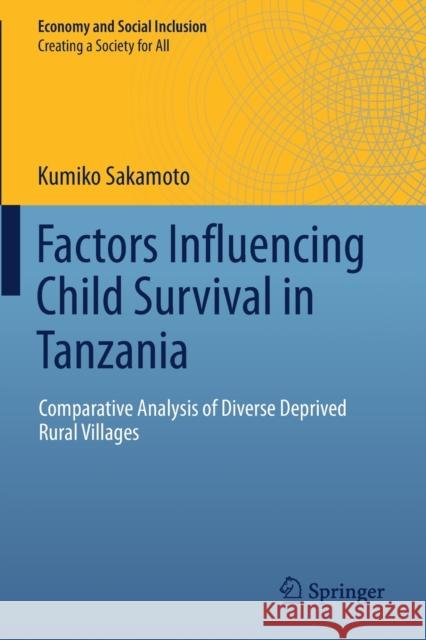Factors Influencing Child Survival in Tanzania: Comparative Analysis of Diverse Deprived Rural Villages » książka
topmenu
Factors Influencing Child Survival in Tanzania: Comparative Analysis of Diverse Deprived Rural Villages
ISBN-13: 9789811376412 / Angielski / Miękka / 2020 / 201 str.
Factors Influencing Child Survival in Tanzania: Comparative Analysis of Diverse Deprived Rural Villages
ISBN-13: 9789811376412 / Angielski / Miękka / 2020 / 201 str.
cena 441,75
(netto: 420,71 VAT: 5%)
Najniższa cena z 30 dni: 424,07
(netto: 420,71 VAT: 5%)
Najniższa cena z 30 dni: 424,07
Termin realizacji zamówienia:
ok. 22 dni roboczych
Dostawa w 2026 r.
ok. 22 dni roboczych
Dostawa w 2026 r.
Darmowa dostawa!
Kategorie:
Kategorie BISAC:
Wydawca:
Springer
Seria wydawnicza:
Język:
Angielski
ISBN-13:
9789811376412
Rok wydania:
2020
Wydanie:
2020
Numer serii:
000798674
Ilość stron:
201
Waga:
0.31 kg
Wymiary:
23.39 x 15.6 x 1.17
Oprawa:
Miękka
Wolumenów:
01
Dodatkowe informacje:
Wydanie ilustrowane











